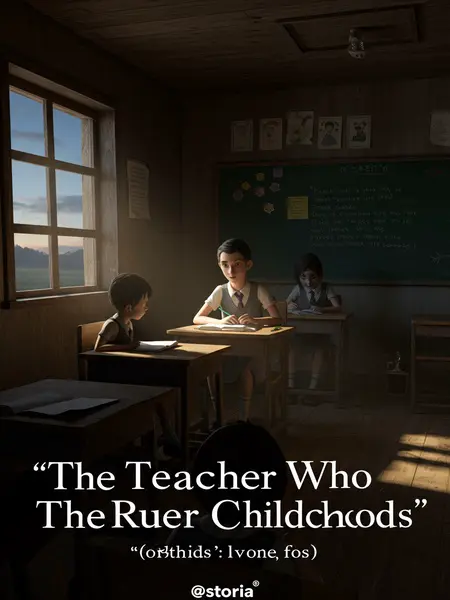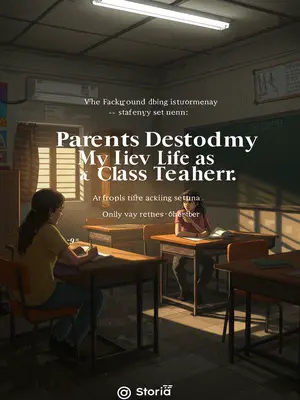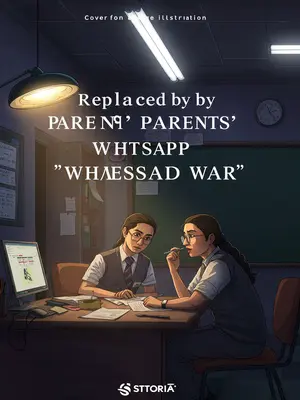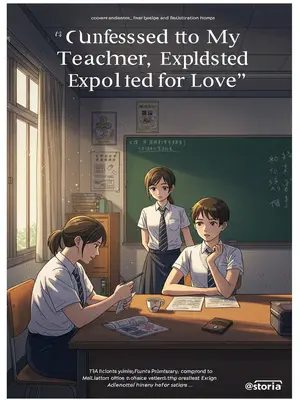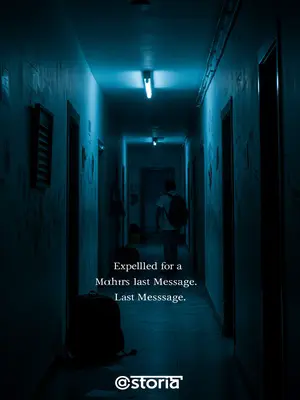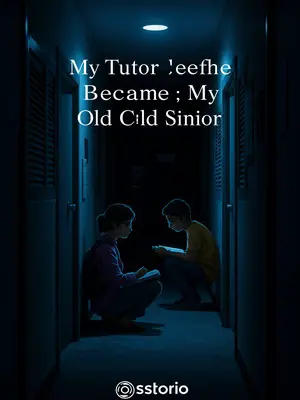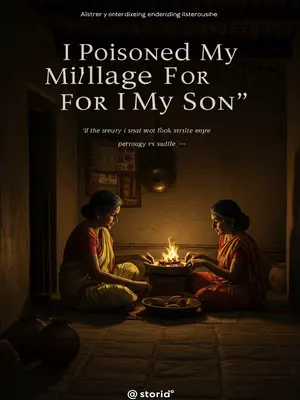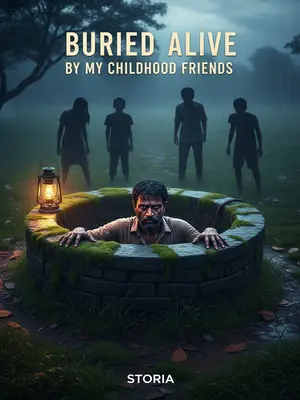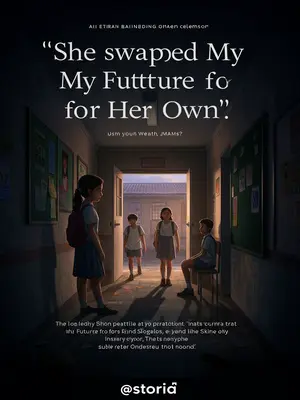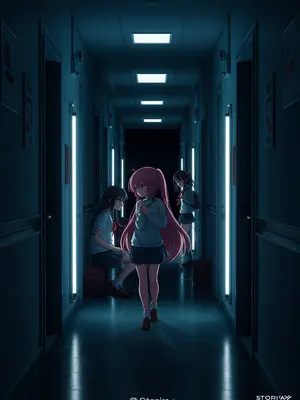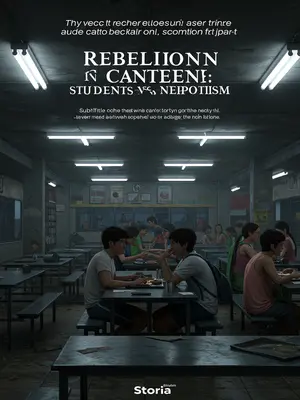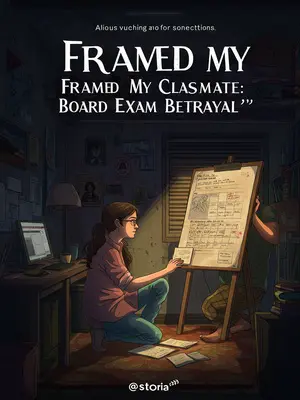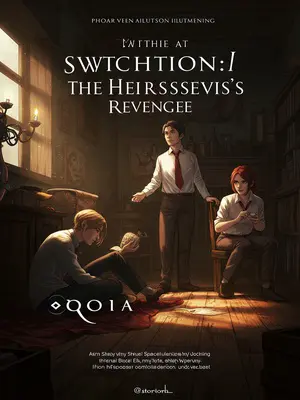Chapter 6: The Orange Roof
As mentioned before, the two girls’ accounts shared one detail: nearly every month, they would go together to the park in town on a weekend.
The park, usually deserted except for stray dogs and an occasional couple, had never struck us as dangerous. But desperation pushes you down the oddest rabbit holes.
We knew that park. It was open to the public, next to the town square and a small hill, somewhat remote.
The entrance was marked by a peeling signboard—"Rajiv Gandhi Nagar Park." Old men sat beneath the gulmohar trees, playing cards. The air carried the tang of dust and frying pakoras from a nearby stall. A group of boys played cricket with a broken bat, their laughter echoing off the banyan trees.
At first, we didn’t think it odd that the girls went there on weekends. But with no other clues, we had to check it out.
Even as we walked in, children eyed us with curiosity, and the hawker called out, "Inspector saab, chai piyenge?"
The park was old and rarely visited. Most of its landscaping consisted of banyan and gulmohar trees—tall, full-canopied, and common in the region. It was clear the local authorities hadn’t invested much in maintenance.
We stepped over fallen branches and wrappers. The swings creaked in the breeze, chains rusty from years of neglect. A stray puppy followed us, hopeful for crumbs.
While looking around, we found a suspicious house in the park’s southwest corner—a three-storey bungalow with a bright orange roof. Sitting in the rundown park, it looked oddly out of place.
It stood behind a broken fence, windows shuttered. The orange paint glowed against the drab backdrop, as if someone had tried—and failed—to bring a little glamour to this forgotten corner.
We knocked, but there was no answer. It seemed empty.
Our voices echoed. Even the crows seemed to avoid the place. The lock on the door was thick, the chain rusted but recently moved.
But on inspection, we found that the path and area around the house had much less dust than elsewhere in the park. Someone had definitely cleaned recently.
Kunal ran his finger along a windowsill—barely any dust. "Yahan koi aata hai, pakka," he muttered.
To find out what this orange-roofed house was, we went to the park’s management office.
A small tin-roofed structure, littered with files and mosquito coils, it buzzed with the sound of an old table fan.
The person in charge, Mr. Raghavan, was about fifty.
He wore a crumpled shirt and gold-rimmed glasses, his desk piled high with outdated ledgers.
He told us the house was originally planned for commercial use—a guest house or restaurant. But after it was built, it didn’t comply with new municipal park management policies that prohibited business operations in open parks. So, the building was sealed as an illegal structure.
He spoke rapidly, as if reciting from a government circular: "Park ke andar business allowed nahi hai, sir. Building ban gayi, par ab lock lag gaya."
I couldn’t help but ask, “Has anyone been there recently? Or is it cleaned regularly?”
Mr. Raghavan’s eyes flickered, "Nahi, sir, lock hai. Kaun jaa sakta hai? Staff bhi nahi jaata. Humare paas toh chaabi bhi nahi hai."
Mr. Raghavan answered firmly, “No, it’s sealed. No one can get in, not even our staff. The door lock isn’t ours.”
But his tone was too rehearsed. Kunal and I exchanged a silent glance—he was definitely hiding something.
Clearly, he was lying. But at that point, we had nothing to go on, so we didn’t press him.
We thanked him and left, but I made a mental note to keep an eye on Raghavan.
We made another request: “Then please help us check the CCTV footage.”
Kunal chimed in, "Sirf park ke entry-exit ka dekh lijiye. Bas yeh teen ladkiyan dikhengi ya nahi."
My intention was just to see if the three girls had visited the park last weekend.
It was a long shot, but we needed every clue we could get.
But Mr. Raghavan launched into a lengthy explanation: “Sorry, that building—inside and out—has no CCTV at all. To be honest, the park hasn’t had maintenance funds for a long time. The CCTV system is old, with only a few cameras at the main entrance and some other spots—not even at the back gate…”
He kept apologising, gesturing helplessly at the dusty monitors. "Sarkar paisa nahi deti, sir. Sab kharab hai."
Kunal quickly clarified, “We’re not asking about that house, just the main entrance and other access points.”
Mr. Raghavan nodded repeatedly. “No problem, I’ll take you to the control room.”
He led us to a cramped room where an old guard snoozed beneath a wall of flickering monitors. The atmosphere was thick with the smell of stale samosas and sweat.
Frankly, the park’s security was a joke. Such a large park, but only about ten cameras, and footage was kept for just seven days. Normally, public spaces keep footage for at least one to three months.
The dusty hard drive sat atop a pile of old newspapers. The guard muttered, "Madam, yeh bas hafte bhar ka rakhta hai. Baaki sab format ho jata hai."
But seven days was enough. We did find the three girls on the footage.
There they were—Anjali in a faded green frock, Priya and Meena on either side, hands swinging, giggling as they entered. My throat tightened at the sight.
Watching them on screen, arms linked, happily entering the park, I felt a pang of sadness. Anjali was already gone, and Priya and Meena would not have easy days ahead.
Kunal whispered, "Bachpan toh inka khatam ho gaya. Ab kuch nahi bacha."
I also noticed something odd. Though there were only about ten cameras, of all the footage, we saw the three girls only at the main entrance. After that, they never appeared again.
Kunal rewound the footage thrice, but there was nothing—no glimpse at any other exit. It was as if they’d vanished inside.
Mr. Raghavan explained this was because the park was big—they might have gone to a pavilion to do homework or played elsewhere, so it was normal not to be captured.
He shrugged, "Itna bada park hai, bachche kahin bhi ja sakte hain. Camera ka kya hai, sab angle mein nahi hota."
Normal? Not necessarily.
The unease in my chest grew stronger. Kunal jotted down, "Park angle—suspicious."
We requested a copy of all the CCTV footage and left.
The pen drive felt heavy in my pocket. As we drove away, the sky seemed to darken, as if the truth itself recoiled from what we might find.
I was certain the orange-roofed bungalow was suspicious. But I had no idea just how terrible the truth would be.
The park, once a playground for children, now felt like a silent witness to unspeakable acts.
But as we turned away from the bungalow, a black SUV with tinted windows rolled slowly past, its driver’s eyes hidden behind mirrored sunglasses.
